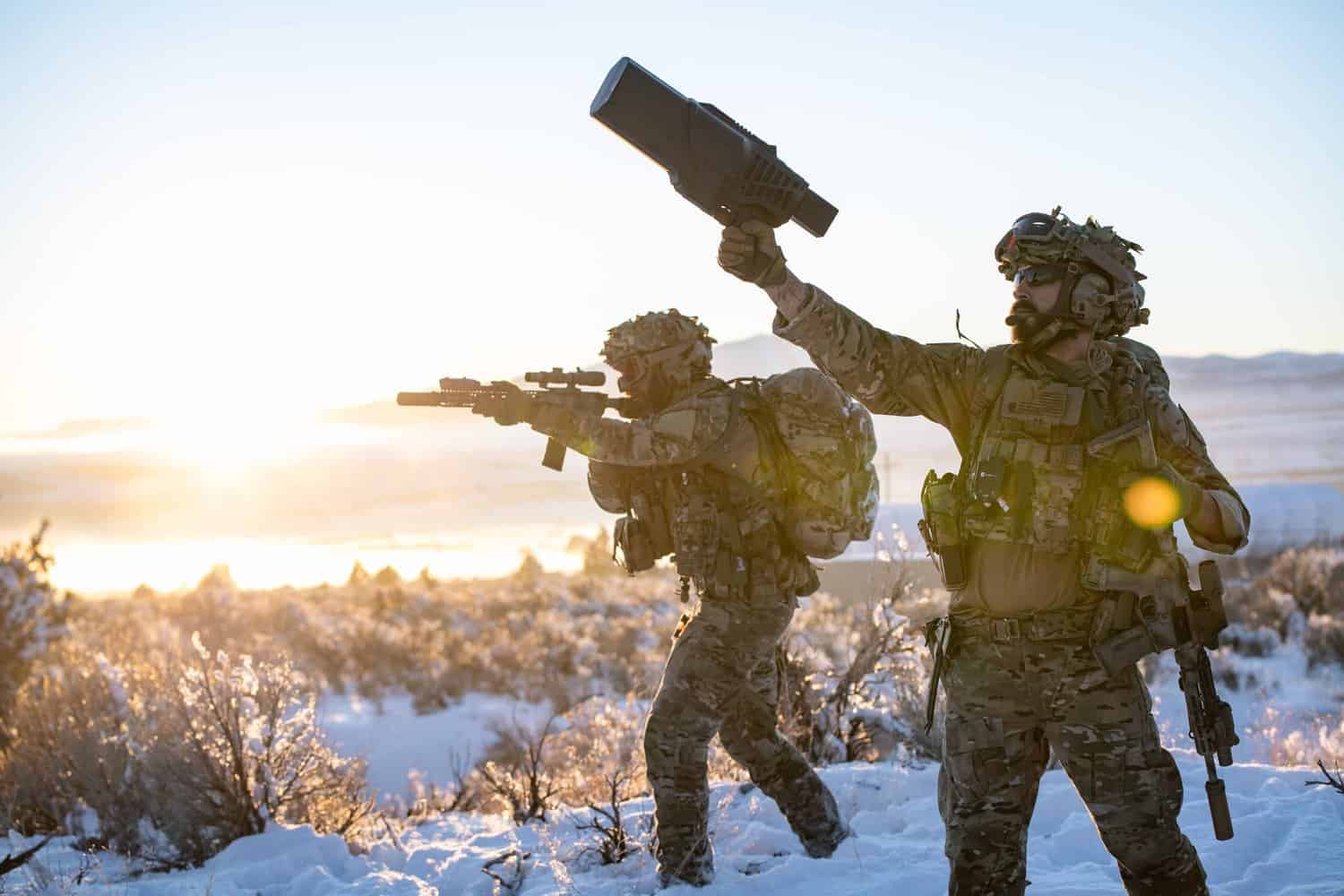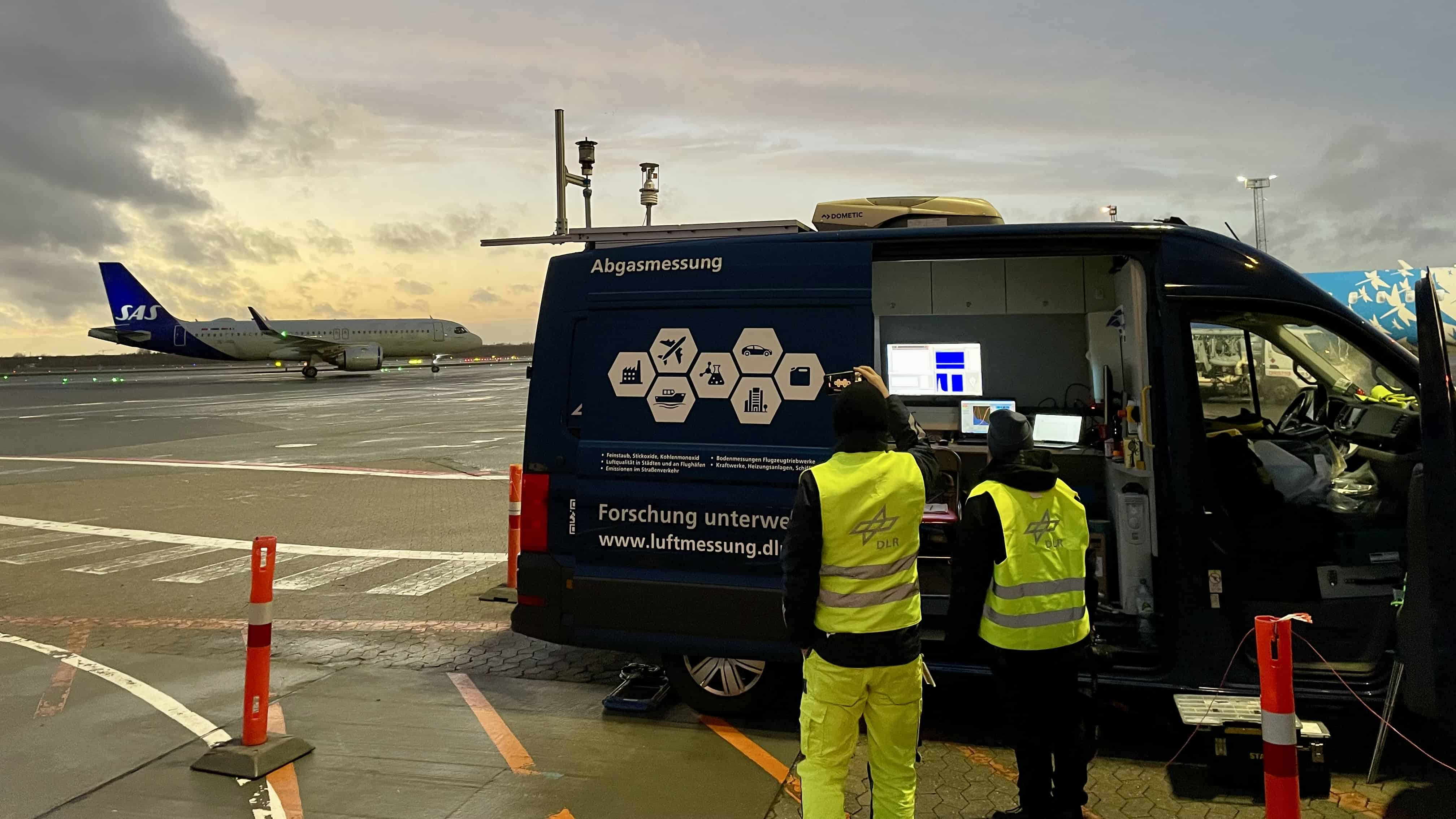
DroneShield’s DroneGun Mk4, a compact and lightweight counter-UAS solution, provides a safe, passive countermeasure against a wide range of drone models, according to the manufacturer. The device disrupts drone control, navigation, and video, simultaneously triggering a vertical controlled landing or return to the operator. With drones becoming smaller, cheaper, and harder to detect, the need for drone-agnostic countermeasures is increasing.
This is the third article following the reporting by DR and other Scandinavian public broadcasters on the Russian ‘ghost ships’ in the North and Baltic Sea.


DroneShield’s Agnostic Approach to Drone Security
DroneShield’s CEO, Matt McCrann, emphasises that counter-UAS (C-UAS) solutions must be drone agnostic, capable of detecting and defeating various types of drones. As drones become more advanced, the threat to critical infrastructure increases. China is market leader in drone production with Da Jang Innovations (DJI) controlling 90% of the North American consumer market in 2021. US officials express concerns about potential Chinese UAS use, with lawmakers warning that DJI could provide detailed infrastructure data to the Chinese government.
DroneShield’s DroneGun Mk4 aims to address these concerns, offering enhanced range and low-size weight and power (low-SWaP). Set for full production in H2 2023, the Mk4 has already seen increased interest from federal agencies due to the rise of drone criminal activities near airports, prisons, and other critical infrastructure. Tom Branstetter, DroneShield’s Director of Business Development, notes a “significant uptick in federal end-users with active counter-drone requirements”.
Combatting critical infrastructure threats
Anti-drone guns are emerging as an effective gap-fill or last-mile countermeasure. For example, Ukraine’s Kvertus Technology developed the KVS G-6 radio-signal jamming system to combat Russian systems. Branstetter acknowledges that there is no one-size-fits-all approach to drone threats, and the key is collaborative implementation and meeting customer requirements. DroneShield’s guns have been used by the Ukrainian military since the early days of the conflict, with the Mk4 deemed applicable for Ukraine’s counter-drone efforts.
The Mk4’s form factor and component design are beneficial to the Ukrainians, as they leverage muscle memory with similar components to familiar military and security weaponry. Branstetter highlights the design simplicity that allows for quick deployment under stress. However, the shrinking C-UAS form factor can limit effective range, forcing closer proximity to neutralise threats.
Future of drone security and multi-domain threats
Future technology needs to provide layered options against multi-domain threats, such as autonomous underwater platforms or unmanned ground vehicles. McCrann acknowledges that C-UAS solutions, strategies, and requirements have not yet countered multi-domain threats at scale, but a shift is expected soon.
With the growing threat to critical undersea infrastructure, as evidenced by Russian vessels spotted in the East Sea potentially mapping undersea cables and pipelines for sabotage, innovative solutions and heightened vigilance are crucial. Technologies such as Distributed Acoustic Sensing (DAS), underwater sensor networks, and non-intrusive sensors for pipeline monitoring are emerging to enhance surveillance and security. Collaborative efforts and policies that promote resilience are also vital in ensuring the protection of global internet and energy infrastructure.







